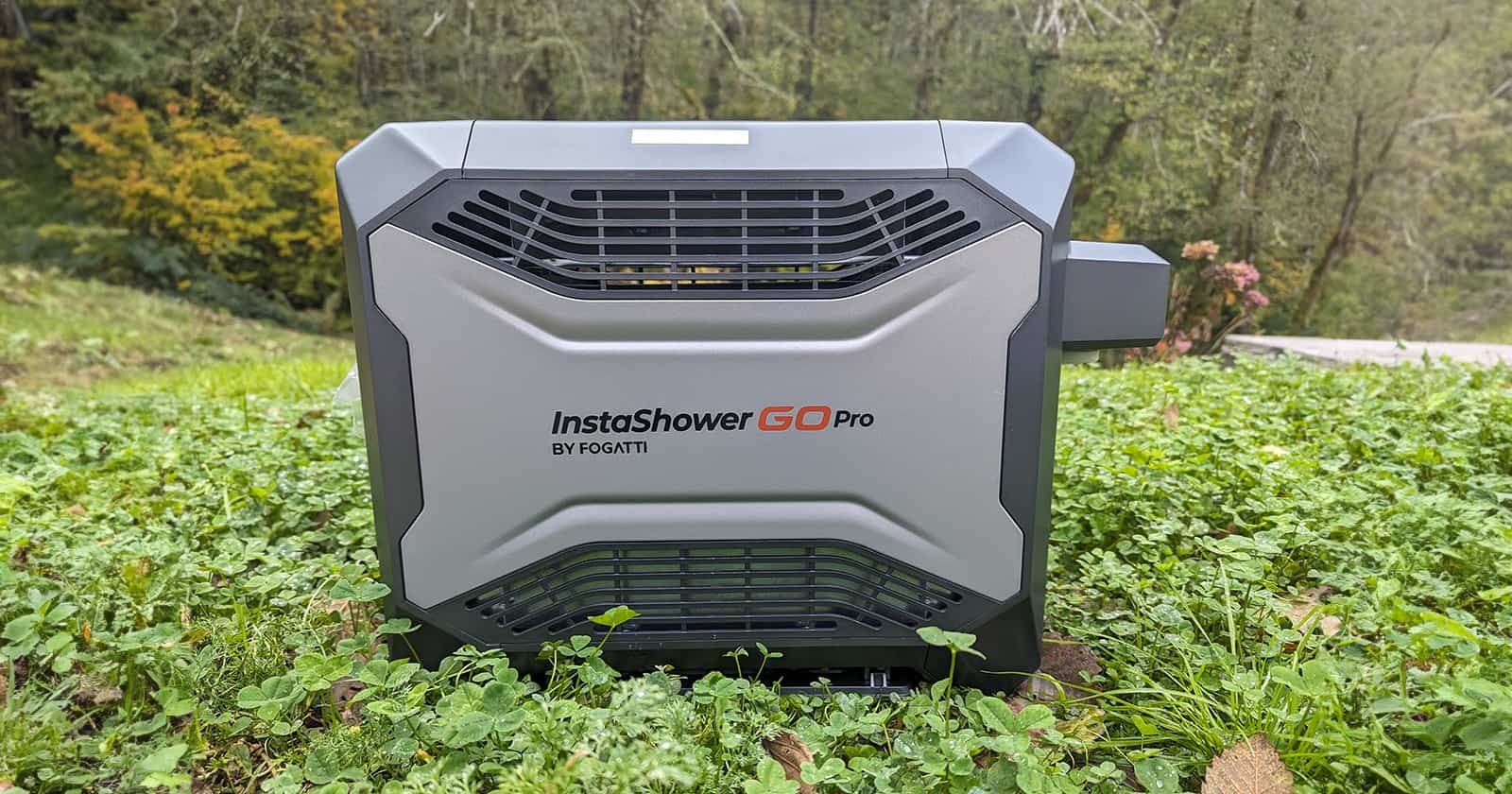Building Your Perfect Off-Grid Home on Wheels: A Beginner’s Guide to Sustainable Camper Creation
Boondocking, known as dry or off-grid camping, is all about hitching a ride on nature’s back. And, let’s be honest here; nature isn’t always very kind. Most would assume that surviving off the grid starts with water. We need it, after all, right?
The reality is it starts with your RV. What good is water prioritization when you’re rocking a teardrop with an 8-gallon freshwater tank? That might be enough to keep the family dog alive for a few days. You either start with an RV designed for a more rugged environment or build on and around the one you have.
Remember, your focus should be conservation and sustainability before you embark on your first off-grid camping adventure, regardless of how long you intend to remain that way.
Know Where You’re Going and Prepare Accordingly
There’s a big difference between living off-grid in arid New Mexico, at a high elevation in Colorado, or in the bayou of Louisiana. Prepare according to the environment. Survivability off-grid does not necessarily mean that one is more vulnerable to danger or insecurity than living in a condo on Pensacola Beach.
It’s not as if you can’t access medical facilities throughout the United States. Success versus failure is the name of the game here, and the foundation you build will determine that. The good news is many states have public land that’s usable for boondocking. Some national forests do as well, but it’s always a good idea to check into it first.
Load Up the Right Gear for Off-Grid Camping
As exciting as off-grid camping may sound, it’s not all bright sunshine and butterflies when you’re missing essential items. There’s a huge difference between prepping for a campground excursion to a KOA and free, dispersed camping at Yellowstone or simply living off the grid in your RV.
Some of the more apparent essentials are generators and solar panels. Your RV will need some level of continuous power, and those two are primary.
Composting Toilet
This one is always a bit controversial in RV circles because some just can’t stand the idea of their, uh, leavings being so close to them. There are also those who assume it smells up the RV since their waste isn’t dropping into a tank beneath it.
The reality is composting toilets can be a practical and eco-friendly option for those who want to reduce their water consumption and minimize their impact on the environment. Unlike traditional RV toilets that require large amounts of water to flush waste into holding tanks, composting toilets use little to no water at all. They also typically include odor-blocking materials and ventilation systems that prevent unpleasant smells from lingering inside the RV.
While some RVers may have reservations about using composting toilets, the truth is that they can be a clean and convenient alternative that allows you to stay off the grid for longer periods of time without having to worry about water or sewage disposal
Install Water Filtration and a Collection Mechanism
When you’re off the grid, there are no guarantees when it comes to fresh water. If you’re truly off-grid, you need a source of water before you can filter it. Off-grid water systems are just that, entirely separate from municipal systems or the power grid.
Fortunately, there are plenty of efficient systems for rainwater collection, the most convenient of which collects the water runoff from the top of your RV and diverts it into your freshwater tank. A simple, gravity-fed water filtration system ensures the rainwater is free of microbes and bacteria.
Water-Saving Devices
Water filtration and collection run right into water savings. Your water collection system is so much better when you aren’t constantly cycling through it. Fortunately, installing water-saving showerheads and faucets throughout your RV is simple enough.
Build a Battery Bank for Off-Grid Camping
Every RVer needs a good, deep-cycle battery, of which lithium-iron sulfates (LiFePO4) like those used in Jackery portable power stations are the best. But, when you’re boondocking for an extended time, a single deep cycle simply won’t do.
Putting together a ‘battery bank’ is highly advantageous, especially if you consume a moderate amount of power or mostly stick with a solar system, which can be problematic when the sun is hiding out behind the clouds for a few days.
Though LiFePO4 batteries are above and beyond the rest, they come at a steep price point. AGM batteries strike a decent compromise between LiFePO4 and lead acid without breaking the bank.
Install LED Lights
Many modern RVs come with LED lights, but older ones are not always so lucky. The power savings of switching from incandescent to LED is surprisingly large, especially if you replace every last light in your RV with an LED alternative. You gotta make those batteries stretch.
Fuel Storage Containers
Even if you want to rely less on a gas generator and more on solar or wind (yes, there are wind turbines specifically for RVs and small, off-grid homes), keep extra gasoline and propane on hand so long as you can safely and efficiently store it out of harm’s way.
Emergency Supplies for Off-Grid Camping
You should always have emergency supplies stored away somewhere in your RV. At the very minimum, you should have a 48-hour kit full of emergency supplies.
Strongly Consider Boosting Your Holding Tank Capacity
Once your grey and black tanks are full, what are you going to do from there? A composting toilet will help offset anything going into the black tank, but regular water rinse-off from the faucet and showers will fill up the grey tank much quicker.
You can extend your off-grid time by adding a couple of external tanks to back up your grey and black tanks. There are even portable waste-water holding tanks on the market for easy and quick removal when you’ve reached your limit, and it’s time to dump.
How Much Power Will You Need?
A 300-watt solar panel is good for producing about 1.8 kWh per day, assuming it gets a good deal of sunlight (about 6 hours). That should give you a baseline understanding of what you need in terms of solar. However, before you buy your first solar panel, you need to determine your battery usage on a daily basis.
A simple way to do this is to pick up a battery monitor. Once you’ve fully charged the battery, cut off the charge and let it run normally until it reaches 20% (in a lithium battery only and 50% in a lead-acid). Once it hits the mark, record the amps used and multiply it by 12.6v.
For instance, if you used 125Ah, multiply that number by 12.6v to get 1,575Wh. Now, you can break that number up by only running single devices on the battery to determine their Wh. The point is, once you know the watt-hours, you know how much power you’ll need in the form of solar panels.
An inverter throws a bit of a wrench in things, but without boring you with the complicated math and the scores of variables, it’s a good idea to pick up a power meter.
Communication and Connectivity When Off-Grid Camping
By now, you’ve surely heard of Starlink, Elon Musk’s ultra-high-speed satellite internet that features blanket coverage in the most out-of-the-way places. The truth is, just because you’re off-grid doesn’t mean you have to be completely offline.
Cell data is what most RVers living off-grid or engaging in extended boondocking tend to use. It’s not the only answer, and reception can be spotty. Some service providers are more expensive than others with more coverage, while some are cheaper with less coverage. Be sure to check coverage maps before you decide.
Satellite internet has always been a horrible option, with data speeds that often made 56k dial-up look like a well-oiled machine. With the advent of Starlink, that’s beginning to change. There’s a significant startup expense, and you may have to get on a waiting list, but the speeds and coverage are worth it.
Practice Makes Perfect
Don’t head out into the great unknown on your very first try. Take a few weekends and give it a go on your own. This will do two things: teach you the sacrifices you will have to make while living off-grid (there will be several creature comforts that go away entirely or are severely truncated) and give you an idea of what you will need.
You can always try out Harvest Hosts and Boondockers Welcome for your “trial runs.” These membership programs include huge, ever-growing networks of camping locations across the country, including farms, wineries, golf courses, breweries, and residential properties. They have connected to create a system where their properties are open for boondocking.
Final Thoughts About Off-Grid Camping
If you spend enough time covering your bases and prepping for going off-grid, whether it’s permanent or just something long-term, you’ll do just fine. Make sure you have a plan B and plenty of tools for any light repairs and maintenance issues that crop up.
Conservation is essential, and the act of conservation, along with solar and wind, is what provides off-grid RVs with sustainability. The best part about going off the grid is the sheer number of options you have at your disposal, many of which weren’t around just ten years ago.
You have to be a little brave to go off-grid for the first time, even if it’s only a practice round. Just keep preparation and conservation foremost in your mind, and you’ll find yourself enjoying the tranquility and beauty that nature has to offer in no time.




